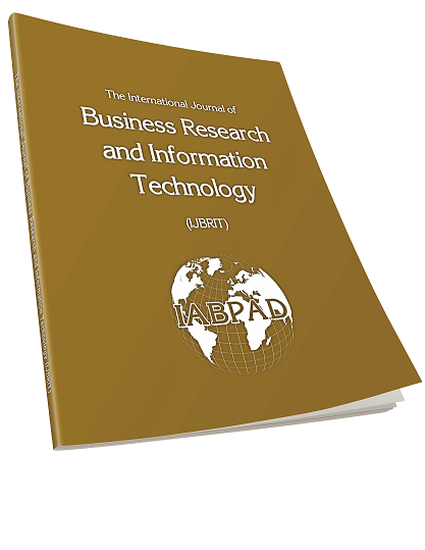
Article
Readability and Content Comparisons of Business News Website Privacy Policies
International Journal of Business Research and Information Technology
(2014)
Abstract
The purpose of this research is to compare and contrast not only the information, but also the ease with which readers are able to sift through the privacy policy documents of the top ten business news websites in the United States. There is a clear divide between the reading level of the average American (8th Grade reading level) and the average of the top ten business news sites (13th Grade reading level). To go further, that gap (between current American reading levels and current top ten business news sites reading level) is approximately, and at least four grade levels. In an analysis of privacy policies and how user-friendly they are plays a critical role in the absorption of information by the reader. It is clear that simple actions such as decreasing word length or the length of the sentence in its entirety could prove helpful in conveying a clearer message. The protection of the average user should be escalated and more importantly there should be less friction pertaining to the acquisition of that information. This easier access to information via clear and concise language would help users read and comprehend vital privacy laws such as the Electronic Communications Privacy Act, Children’s Online Privacy Protection Act, Gramm, Leach, Bliley Act, and help ensure state laws are obeyed.
Data Results
The results of this present research indicated that Yahoo’s Finance privacy policy was in fact the most readable in term of difficulty and was assessed at the 9th Grade level. Conversely, the infamous Financial Times policy was the most difficult in terms of readability. To go further, the reading level associated with the Financial Times was a graduate reading level. To provide some context, the average of the grade levels of the businesses studied, yielded an average of Grade thirteen, which is analogous to a college freshman. In terms of length of documentation, the Wall Street Journal (WSJ) was atop the businesses analyzed with 4146 words, and in close second was MSN Money. Conversely, Business Insider has the shortest (1207 words) privacy policy compared to the other businesses analyzed. To provide some context, the average number of words in privacy policies in the top 10 businesses analyzed was 2484. It is worth reiterating that the average reading level of Americans is between the 8th and 9th grade reading level. This of course, compared and contrasted with the average reading level of information in the top ten business studied which is Grade thirteen. This paints a clear picture of a great divide between the two. To provide further context, the reading level for a typical newspaper in the United States is classified as an 11th Grade reading level. This gap is concerning, and actions should be deployed to close this gap to better serve the average U.S. American regarding their privacy.
Thanks to Steve Silva, Graduate Assistant, Boise State University, for writing this original abstract/summary of the paper.
Disciplines
Publication Date
Fall 2014
Citation Information
Gundars Kaupins and Mark Johnson. "Readability and Content Comparisons of Business News Website Privacy Policies" International Journal of Business Research and Information Technology Vol. 1 Iss. 1 (2014) p. 30 - 44 ISSN: 2327-0845 Available at: http://works.bepress.com/gundars_kaupins/90/
